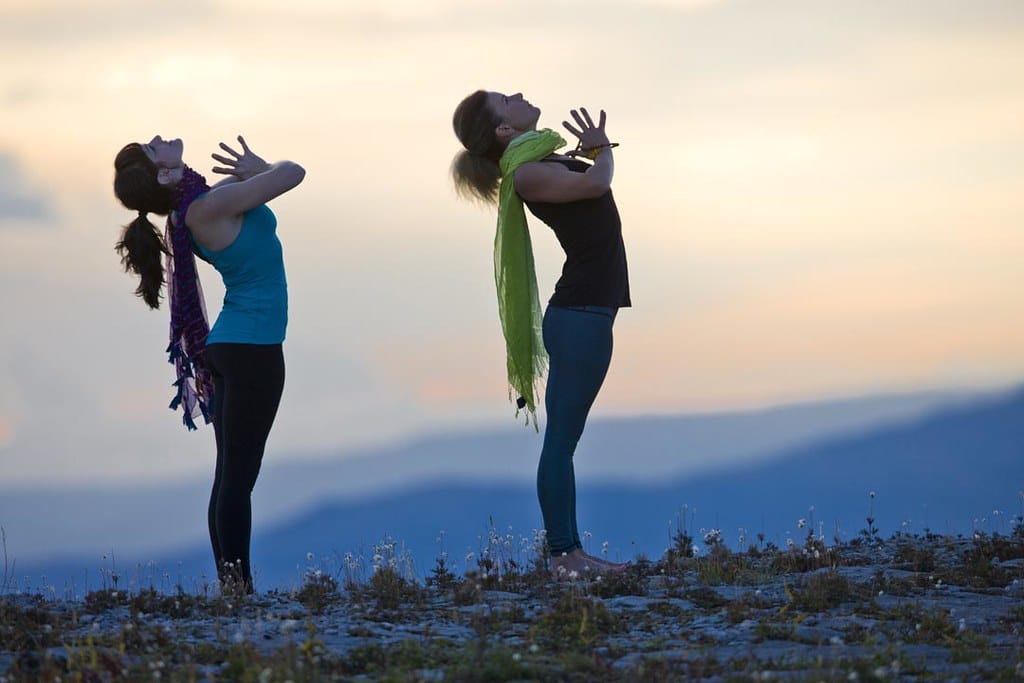There are innumerable rules and regulations pertaining to pranayama. The main points are to exercise moderation, balance and common sense with regard to inner and outer thinking, and living. However, for those who seriously wish to take up the advanced practices of pranayama, the guidance of a guru or experienced teacher is essential.
Breathing: Always breathe through the nose, not the mouth unless specifically instructed otherwise. The nose should be cleaned regulary by jala neti prior to the practice session. Be aware of the nostrils throughout the techniques. While inhaling, the nostrils should dilate or expand outwards and while exhaling, they should relax back to their normal position.
Time of Practice: The best time to practice pranayama is during the early morning. The body is fresh and the mind has very few irritants. However, if this is not a good time, just after sunset tranquilizing pranayamas may be performed before sleep. Try to practice regularly at the same time and place each day.
Regularity in practice increases strength and willpower, as well as acclimates the body and mind to the increased pranic force. Do not be in a hurry. Slow, steady progress is essential.
Place of Practice: Practice in a quiet, clean and pleasant room which is well ventilated, but not draughty. Generally, avoid practicing in direct sunlight, as the body will become over- heated, except at dawn when the soft rays of the early morning sun are beneficial.
Practicing in a draught or wind, in air-conditioning or under a fan may upset the body temperature and cause mills.
Sitting Position: A comfortable, sustainable meditation posture is necessary to enable efficient breathing and body steadiness during the practice. The body should be as relaxed as possible throughout the practice, with the spine, neck and head centered. Sit on a folded blanket or cloth of natural fiber to ensure the maximum condition of energy during the practice.
Clothes: Loose, comfortable clothing made of natural fibers should be worn during the practice. The body may be covered with a sheet or blanket when it is cold, or to keep insects away.
Empty Stomach: Wait at least three to four hours after meals before starting pranayama. Food in the stomach puts pressure on the diaphragm and lungs, making full, deep respiration difficult.
Diet: A balanced diet of protein, carbohydrates, fats, vitamins and minerals is suitable for most pranayama practices. A combination of grains, fresh fruit and vegetables, with little milk product (only if necessary, soy if possible), is recommended.
Avoid Strain: With all pranayama practices it is important to remember the instruction not to strain, not to try to increase your capacity too fast. This also applies to your asana practice. If one is advised to practice a pranayama technique for a specific length of time, before moving on to a more advanced practice or ratio, it is wise to follow that instruction. Furthermore, breath retention should only be practiced for as long as is comfortable.

